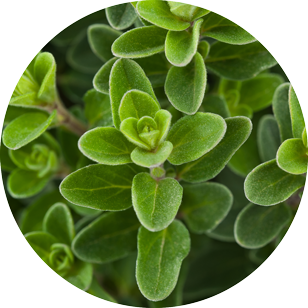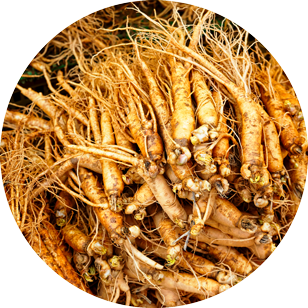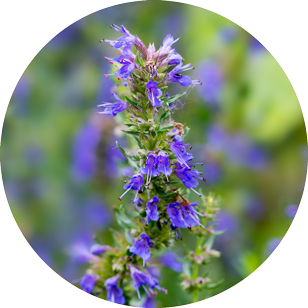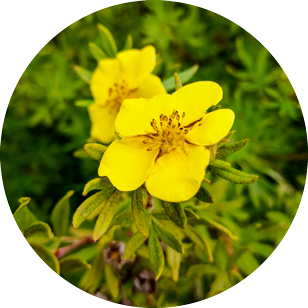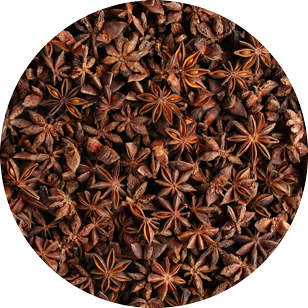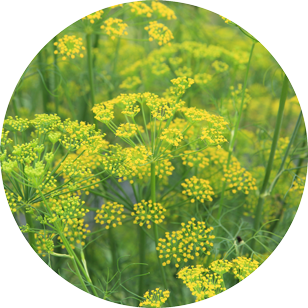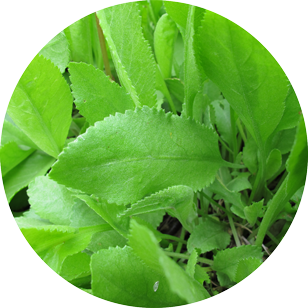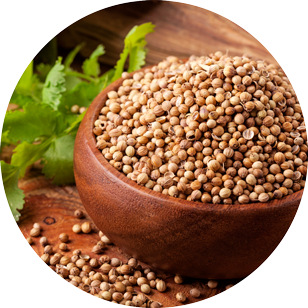The History
Those who survived the great hardships of the bloody wars of the Crusades returned to their villages in groups of four of five. In these villages, where the men had been absent for many a long month, there was much that needed to be done.
The community needed rebuilding, and new life was needed to ensure their future. But the men, from the very first night with their spouses, proved incapable of fulfilling their conjugal duty. Was it fatigue, or injury, that affected these men so? The doctor tried every medicine that science had taught him, but to no avail. This affliction that the men had brought back with them was a complete mystery.
The Hermit of the Lure, already imagined himself honoring all the women of village of child-bearing age as the savior of this community that he had always rejected, buried as he was deep in the mountain. As he prepared to go down to the village, after having carefully attended to his looks, combing his red locks and tidying as best he could his rough clothing, he was suddenly overwhelmed with doubt. Would he be up to the task? Reason and a sense of philanthropy made him think again. He took up his big canvas bag, his sickle with its razor-sharp blade and his knife. He walked up to the Contadour plateau, filling the bag with sprigs and wild shoots that only he knew how to find, then descended into the Cordou valley, the only place where a certain yellow-flowering plant was to be found. Then he set off for the village.
He said to the men: “Let these plants soak for ten days in the wine from your vines. Heat up the mixture regularly and drink copiously the green juice that you obtain. But, above all, forbid your women to touch it.” And he returned to his hut on the Lure mountain and thought no more about it.
Barely four moons had passed when one day he heard a strange noise coming towards him, seemingly from the direction of Lardiers. He realized eventually that it was the sound of people singing. He climbed up on to the big rock that enabled him to look out over and was amazed to see an extraordinary line of people, whose feet were causing a cloud of dust to rise from the dry path. The whole village was there. The head of the village, followed by the men and then the women, the youngest and strongest of whom had swollen bellies, too numerous to count. Bringing up the rear of the procession was a donkey cart, filled with everything that the village could produce. He realized that all these gifts were for him, and that he was about to be venerated. He didn’t want thanks, or recognition, or presents. What he wanted, above all, was to preserve the secret of his plants and decoctions. So, picking up his hat, he fled into the depths of the Cruis forest where no-one would be able to find him.
The joyful procession arrived at the modest hut that the hermit had deserted, where the head of the village found him gone. He turned to the villagers and exclaimed “Le Roux a disparu!” (the redhead has disappeared!)


